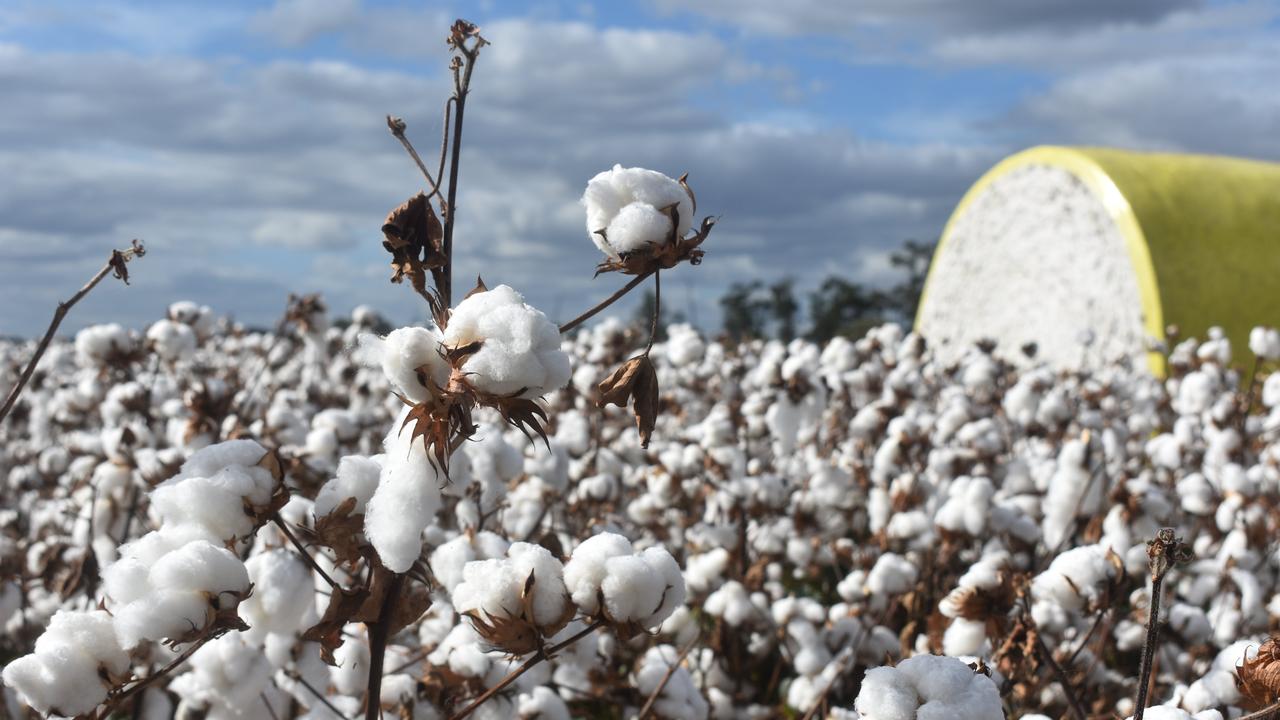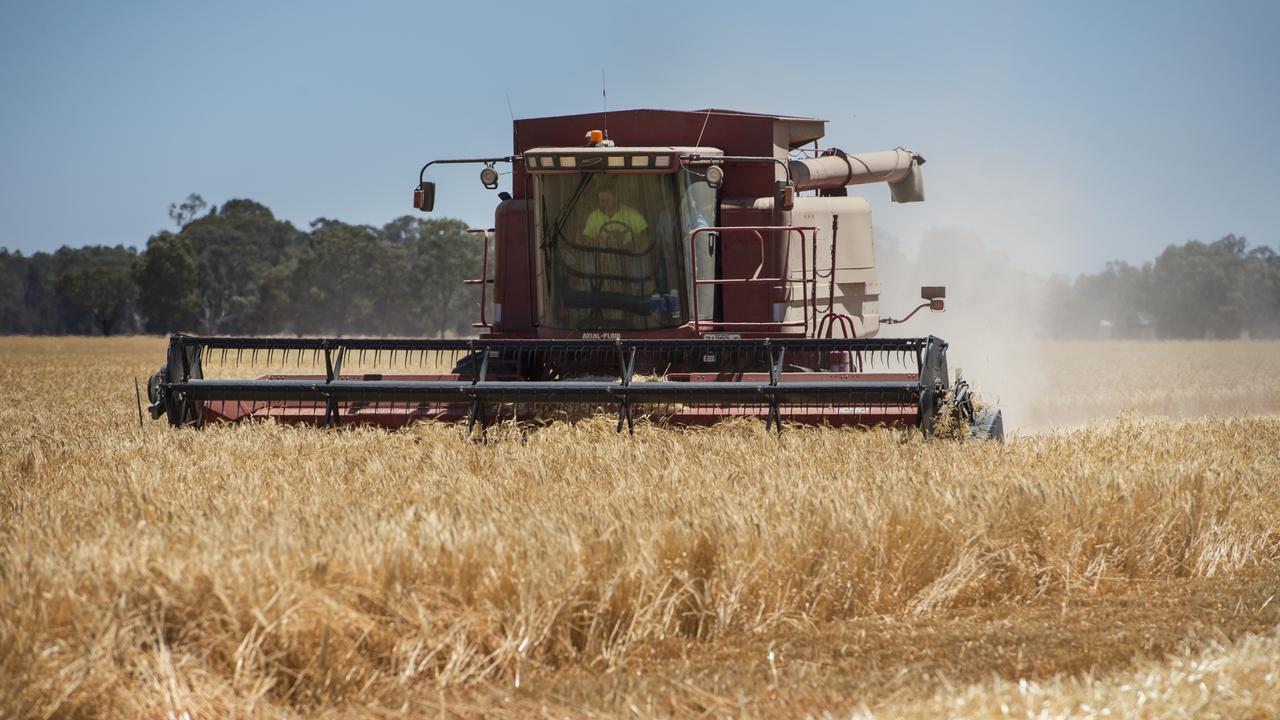Canola crop thrives in Mia Mia
Many people had doubts over the success of growing crops on rocky ground at Mia Mia, but a grain grower has proved them wrong. Here’s how he did it.

KYNETON grain grower Justin Sciortino has transformed a traditionally rocky piece of farm land into a profitable patch of crops.
Mia Mia, located between Kyneton and Heathcote and conventionally used by land owners to run sheep due to the ground’s rocky nature, is now home to about 242ha of wheat barley and genetically modified canola.
Mr Sciortino, who grows grass hay in Kyneton, said he also leased land in both Mia Mia and Marnoo East.
“We recently took on land within the Spring Plains area of Mia Mia,” he said. “And with the help of my agronomist we had put in an audacious plan to turn a hilly, rock-infested property into an oilseed and cereal crop rotation enterprise with the intention of also running up to 1000 head of sheep between seasons.”
Despite many doubts over the success of crops in the area, Mr Sciortino said his goal of producing crops was achieved and they would be profitable this year.
He said harvest was approaching after an above-average rainfall season and the outlook was good.
To convert the space into a productive cropping area, Mr Sciortino used his rock crushing and rock removal equipment to smooth out land.
“I used my Reefinator rock crusher and did a total rock clearing,” he said.
“The rock crusher ran over raw rock and it was probably the toughest part of the process, taking about six weeks after starting in January.”
And with the help of Mr Sciortino’s agronomist, a cropping and spraying program was developed.
“We expect canola to get about 2.5 tonnes to four tonnes a hectare and wheat and barley are expect to get three to four tonnes a hectare,” he said.
Mr Sciortino said genetically modified canola was being used in the first year for effective weed control.
A bee keeper was also employed, with 20 bee boxes and about 20,000 bees working in the crop to enhance yields.
“We believe both the average rainfall and the temperatures are conducive to growing healthy crops (in the are),” Mr Sciortino said.


